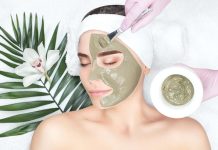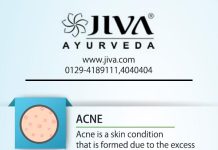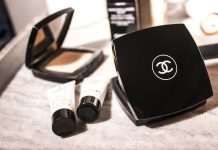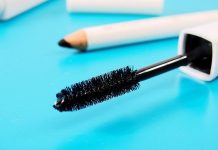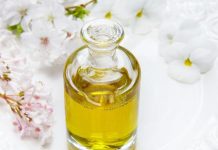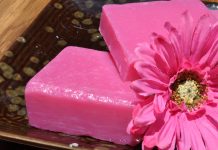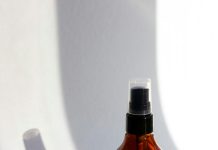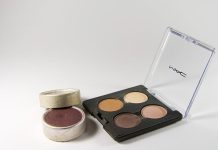In the quest for radiant skin, the allure of professional spa treatments often competes with the convenience of at-home facials. With the beauty industry booming, the shelves are lined with products promising spa-like results from the comfort of your own bathroom. But can these DIY treatments truly replicate the expertise and experience of a spa? In this article, we delve into the science and effectiveness behind at-home facials versus professional spa treatments, exploring whether you can achieve that coveted glow without leaving your home.
Comparing the Basics: At-Home Facials vs. Spa Treatments
When it comes to skincare, both at-home facials and spa treatments have their own unique allure. At-home facials are all about convenience and customization. With a plethora of products available, you can tailor your routine to address specific concerns. Key advantages include:
- Cost-effectiveness: You can often achieve a glowing complexion without breaking the bank.
- Flexibility: Perform treatments at your own pace and on your own schedule.
- Product experimentation: Try out different masks, serums, and tools to find what suits you best.
On the other hand, professional spa treatments offer a level of expertise and luxury that can be hard to replicate at home. The benefits of spa facials include:
- Expert assessment: Skincare professionals can provide personalized advice and treatments based on your skin type.
- Advanced techniques: Access to high-tech equipment and potent products not available for home use.
- Relaxation: A spa setting offers a serene environment that enhances the overall experience.
Both options have their merits, and the choice ultimately depends on your personal preferences and skincare goals.

Understanding the Science: Efficacy of Ingredients and Techniques
When comparing the effectiveness of at-home facials to professional spa treatments, the science of ingredients and techniques plays a pivotal role. Professional spa treatments often employ advanced techniques such as microdermabrasion, chemical peels, and laser therapy, which require specialized training and equipment. These methods are designed to penetrate deeper layers of the skin, offering targeted results for issues like acne, aging, and hyperpigmentation.
- Active Ingredients: Spa treatments frequently use higher concentrations of active ingredients like retinoids and alpha hydroxy acids, which can be more effective but require careful handling.
- Personalization: Professionals tailor treatments based on individual skin analysis, ensuring that the specific needs of the skin are met.
In contrast, at-home facials provide convenience and accessibility, utilizing milder formulations that are safe for general use. These products often contain beneficial ingredients such as hyaluronic acid, vitamin C, and natural extracts. While they may not offer the same immediate, dramatic results as professional treatments, regular use can enhance skin health over time.
- Gentle Techniques: Techniques like facial massage and steaming can improve circulation and promote relaxation without the need for specialized tools.
- Consistency: The key to effectiveness at home is consistency, as regular care can lead to noticeable improvements.

Expert Opinions: Dermatologists Weigh In on DIY vs. Professional Care
When it comes to skincare, dermatologists often highlight the nuanced differences between at-home facials and professional spa treatments. Dr. Emily Carter, a board-certified dermatologist, points out that professional treatments typically use high-grade equipment and products that penetrate deeper layers of the skin, offering benefits that are challenging to replicate at home. “The expertise of a trained esthetician can target specific skin issues more effectively,” she explains.
On the other hand, Dr. James Lee emphasizes that DIY facials have their own set of advantages. He notes that they can be customized with natural ingredients, allowing for regular maintenance without breaking the bank. Dermatologists suggest a balanced approach:
- Use professional treatments for addressing major skin concerns.
- Incorporate at-home facials for ongoing care and relaxation.
- Consult a dermatologist to tailor a routine that suits your skin type.
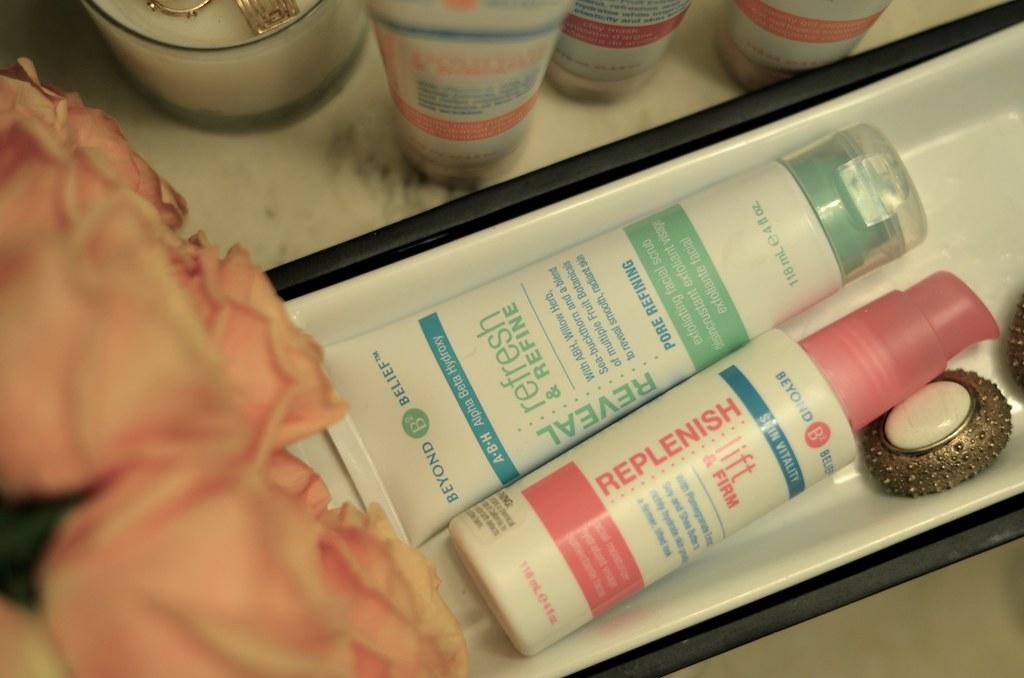
Tailored Recommendations: How to Maximize Your At-Home Facial Routine
To elevate your at-home facial routine, consider incorporating personalized elements that cater to your skin’s unique needs. Start by identifying your skin type and concerns—whether it’s dryness, acne, or aging—and select products that specifically target these issues. For instance, if you struggle with dryness, opt for a hydrating serum with hyaluronic acid. Those with acne-prone skin might benefit from a clay mask with salicylic acid.
- Cleansing: Choose a gentle cleanser to maintain your skin’s natural barrier.
- Exfoliation: Use a mild exfoliant once or twice a week to remove dead skin cells.
- Masking: Tailor your mask choice to your current skin condition, alternating between purifying and hydrating masks.
- Moisturizing: Lock in moisture with a cream that suits your skin type, adding a few drops of facial oil for extra nourishment.
Enhance your experience by setting a calming atmosphere. Dim the lights, play soft music, and perhaps diffuse essential oils to mimic a spa-like environment. By customizing your routine and creating a soothing ambiance, you can enjoy a rejuvenating experience right in the comfort of your home.


